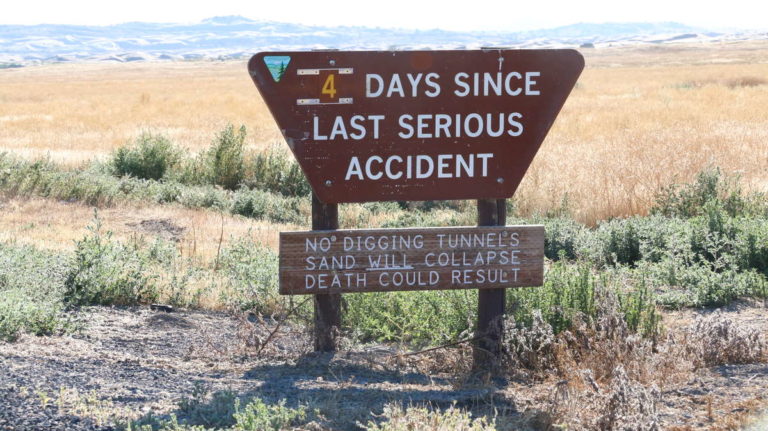Radioactive Glass Beads May Tell the Terrible Tale of How the Fukushima Meltdown Unfolded – Scientific American … :
“The beads are “the only direct evidence of the debris remaining inside the reactor. That’s the only clue,””
“It was initially thought all the radioactive cesium released in the Fukushima plumes was in a water-soluble form, and would disperse more or less evenly throughout the environment. But when aerosol specialist Yasuhito Igarashi, then of the University of Tsukuba, and his colleagues examined an air filter from the Meteorological Research Institute in Tsukuba, 170 kilometers southwest of Fukushima, they noticed the filter contained radioactive hotspots. Using specialized imaging techniques they detected high concentrations of radioactive cesium as well as bits of iron and zinc, packed into particles just a couple of microns in diameter (about the size of the average Escherichia coli bacterium).”
“Although less radioactive cesium fell on Tokyo than closer to the plant, a bigger proportion of the total was packed into the microparticles, the team’s findings suggest. However, publication of the full study describing those findings, initially slated for 2017 in Scientific Reports, was postponed after researchers with the Tokyo Metropolitan Industrial Technology Research Institute (TIRI)—which had provided an air filter sample to one of the study’s authors—objected to the study over the sample’s use by the other co-authors. A 2017 investigation by several institutions in Japan found no evidence of wrongdoing by the co-authors—and “there’s never, in any of the discussion, been concern about our scientific results,” says Ewing, the Stanford nuclear materials expert who is also a study co-author.”
… Honi soit qui mal y pense …
“Researchers say a picture of the unusual beads is coming into focus against a backdrop of the Japanese public’s general nuclear wariness, and the government’s desire to put the Fukushima incident behind it—particularly with Tokyo poised to host the 2020 Olympics. “I think, unfortunately, the reaction to this discovery [of the beads] has been not very welcomed in Japan,” says Rod Ewing, a mineralogist and nuclear materials expert who co-directs the Center for International Security and Cooperation at Stanford University.”
Oh Really? Who would have thought that…?
 Reality update:
Reality update: 